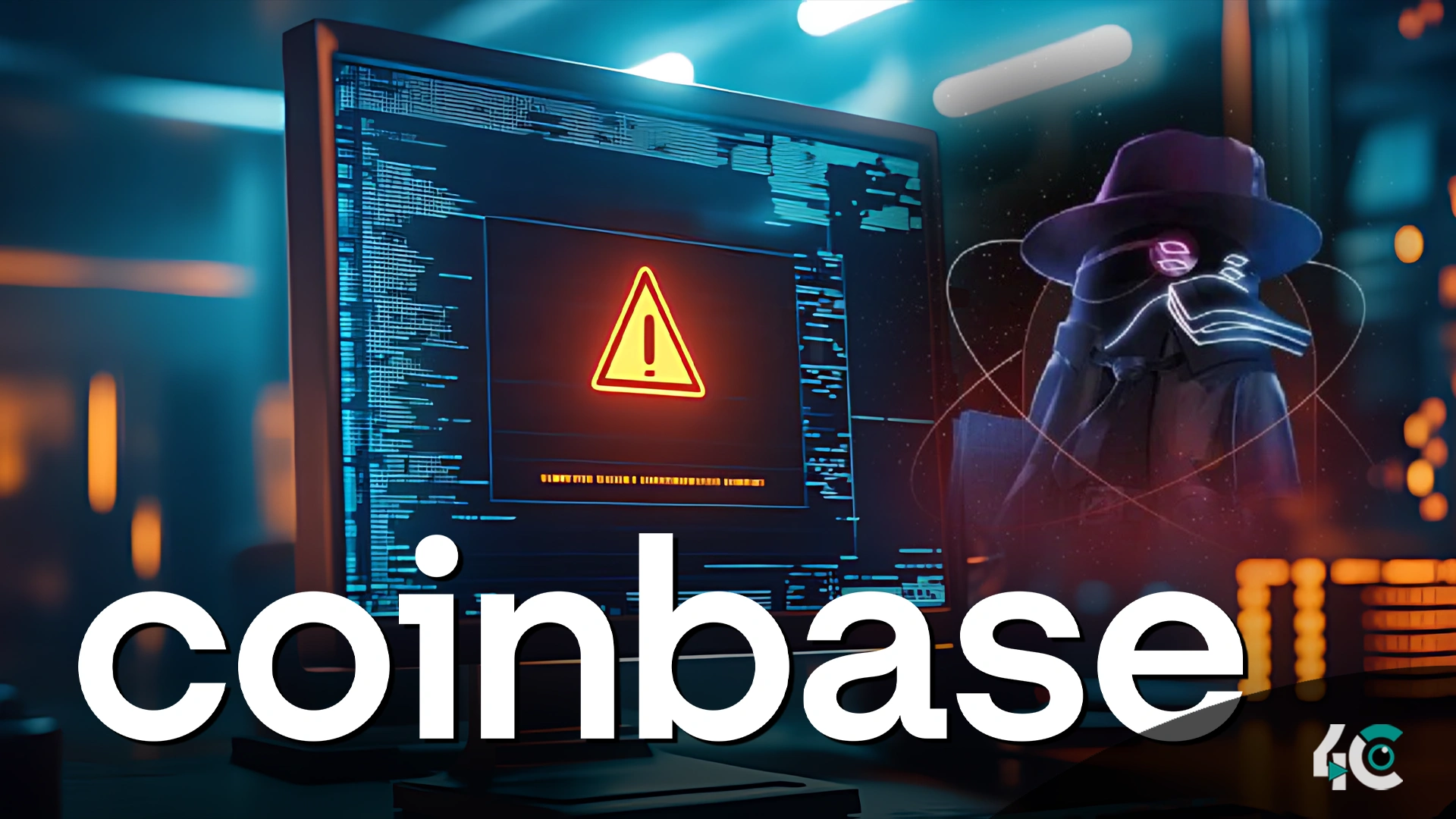Coinbase users have lost $46 million to scams that mimicked official company pages, tricking victims into revealing sensitive information. These fraudulent schemes highlight the growing threat of phishing attacks in the crypto space and the need for heightened security awareness.
The Shocking Scale of the Scams.
Blockchain investigator ZachXBT states that the losses have been huge. The biggest impact happened on March 27, when one user lost about 400 Bitcoin, which was worth about $34.9 million. The hackers didn’t stop at just one victim; on March 26, one user lost 60 Bitcoin; on March 25, another lost 46 Bitcoin; and on March 16, one more lost 20 Bitcoin. After the hackers obtain the stolen crypto, they don’t stop there. Scammers, upon receiving the stolen crypto, don’t stop there. They quickly move the funds through Thorchain, Chainflip, and similar platforms. To hide their activities, they transform the stolen coins into DAI, a stablecoin. This technique makes it very difficult for victims or authorities to track and retrieve the funds.
What Coinbase Is Doing About It.
Coinbase has recognized the problem and stated that they never ask for your password, API keys, or 2FA codes. Furthermore, users should mark as spam and ignore any emails, messages, and calls that claim to be from Coinbase and ask for any personal detail or fund transfer.
But some users aren’t satisfied. Criticisms have followed Coinbase for its inability to flag malicious wallet addresses related to scams. Many believe that the platform’s fraud detection system is ineffective in preventing these attacks from taking place.
How You Can Protect Yourself.
- Coinbase also suggests users do the following to stay safe.
- Lock your Coinbase account with two-factor authentication (2FA).
- Using a new email address just for your Coinbase account can help avoid phishing emails.
- To protect your funds, compile a list of acceptable wallet addresses.
- Think about utilizing Coinbase Vault, a tool created for safer crypto storage.
- Even with all that, several experts are concerned it may not be enough to catch clever scammers.
A Bigger Problem in the Crypto World.
These phishing attacks aren’t just happening at Coinbase; it’s a growing trend that targets all cryptocurrency users.
Between December 2024 and January 2025, scammers reportedly stole over $65 million from Coinbase users through similar tactics. Analysts estimate that if this trend continues, annual losses could top $300 million.
Scammers aren’t just using phishing emails, either. Scammers also imitate customer service agents’ phone numbers and call the victims. In January, a person fell victim to a scam when they lost $850,000 after receiving a fake call from Coinbase support.
Another worrisome trend is the rise of “pig butchering” scams. These scams include fraudsters earning the confidence of their victims through long contact over weeks or months on social media or dating apps before making them transfer their crypto. In just 2024, these scams drained more than $5.5 billion from around 200,000 victims across the world.
Ensure your safety in the perilous realm of cryptocurrency.
The growing popularity of cryptocurrency has led to an increase in online scams, making it a highly risky investment. Experts recommend staying in the know to stay safe. Here’s what you can do.
Always make sure that you are actually receiving communications from Coinbase or not.
Always check the wallet address before sending funds and transfers—there are scammers exploiting the situation by using addresses that are similar to Coinbase’s or other crypto wallets.
Stay updated on the latest scam methods and report suspicious activity to the police.
To protect your digital assets, it’s essential to be proactive as cybercriminals evolve their methods. If you use Coinbase or are involved in the crypto space, it’s crucial to remain vigilant, maintain skepticism, and avoid falling victim.
































